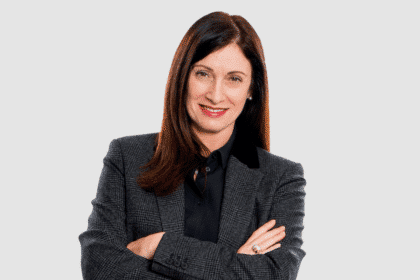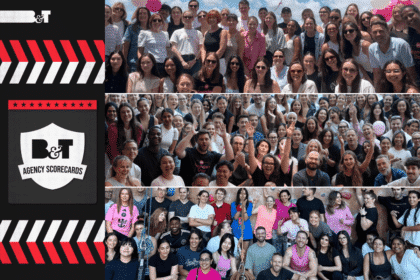In this guest post, Integral Ad Science’s ANZ country manager Jessica Miles (lead image), looks at how deceptive content and “fake” news could all be being funded by your digital advertising budget…
As ad spending continues to grow, total media ad spending is expected to approach $350 billion in 2022, making media quality assurance ever-present as buyers and sellers seek to minimise known and emerging threats. The Global Disinformation Index (GDI) estimates that advertisers unwittingly provide at least $235m to global disinformation sites annually.
This deceiving content can originate from various sources and even look like reliable news outlets produce it. The popularity of these stories is often exacerbated when spread via social media channels – despite the platforms’ efforts to identify and remove them. This number is likely to continue growing as fast-evolving news cycles create opportunities for bad actors to spread mis/disinformation and inflammatory news.
A Large Number of Industry Experts Report High Levels of Concern Regarding Media Threats and Consumer Trust in Media is Waning.
In partnership with YouGov, IAS surveyed over 500 digital media experts from brands, agencies, publishers and adtech providers to examine perspectives surrounding misinformation, disinformation, and fake news. As ad spending grows, media quality threats will remain top of mind, with 84 per cent of experts reporting “high” or “very high” levels of concern about at least one threat. Most of these industry experts flag content-spreading misinformation, disinformation, and fake news as the most concerning media quality threats, with 63 per cent reporting “high” or “very high” levels of concern. In such an event, the impact on company reputation and consumer distrust is a more significant problem than campaign ROI.
Marketers worry that their advertising could be inadvertently monetising publishers that are low-quality at best and scammy at worst. This is a genuine danger, especially when coupled with the fact that a dollar spent on these sites is a dollar that would have been better spent on a local, regional, or national news site or similar environment with editorial guardrails and a commitment to producing responsible media.
Though digital media experts agree that the spread of misinformation is the most concerning media quality threat, apprehension persists around ad fraud, adjacencies next to questionable content (i.e. brand risk), and low viewability for more than half of respondents, according to the report.
Meanwhile, more than 50 per cent of Millennial and Gen X consumers are less likely to buy products from a brand if they see the brand within an unreliable ad environment. The harsh reality for advertisers and publishers is that consumer trust in media is waning, according to Edelman’s 2022 Trust Barometer. The negative impact of misinformation is not only eating up ad spend dollars for thousands—if not millions—of businesses but also putting their brand reputation at risk and working against brand safety initiatives.
What Actions Can Marketers Take to Impact Their Brand Safety Efforts Positively?
Trust and transparency in digital media quality have never been more critical. With the rise of brand risk globally, marketers need to safeguard their brands and avoid misinformation content; here are a few steps for them to consider:
- First and foremost, marketers should review their current brand safety and suitability strategies. What are their brand safety and suitability focus, brand risk appetite, risks they are most concerned about, what opportunities are unique to their brands etc.
- Understand that using just keyword blocking to avoid unsuitable environments will make it a blunt approach that blocks tons of perfectly suitable inventory, driving up media costs and reducing scale.
- Once brands have a brand safety and suitability strategy, start evaluating verification partners that can help them achieve it. Do they support the GARM-tiered brand safety standard? Do they allow you to customise suitability categories end-to-end in pre-bid and post-bid blocking fully and even reporting? What level of transparency do they provide? Can you get individual, impression-level reporting on unsafe exposures, or do they only report on aggregate roll-ups by site or campaign? These are essential questions your ad verification partner should be able to answer.
- Use strong brand safety and suitability tools to offer expanded global coverage and classify more misinformation sources.
- Consider verification partners with the Global Disinformation Index (GDI) partnerships. This trusted third party sets the standard for what qualifies as disinformation and focuses on restoring trust in media sites worldwide by providing real-time automated risk ratings.








